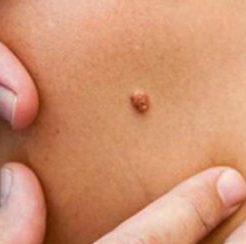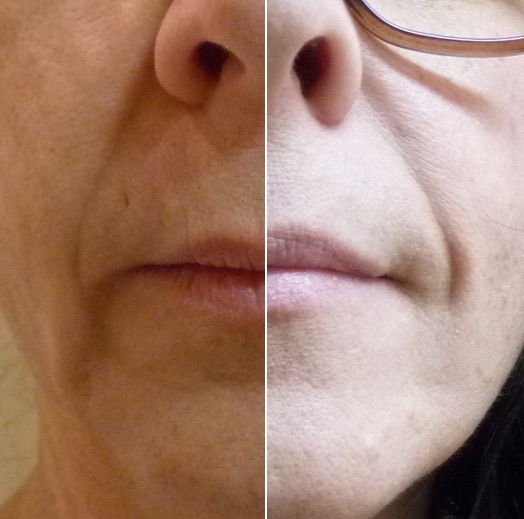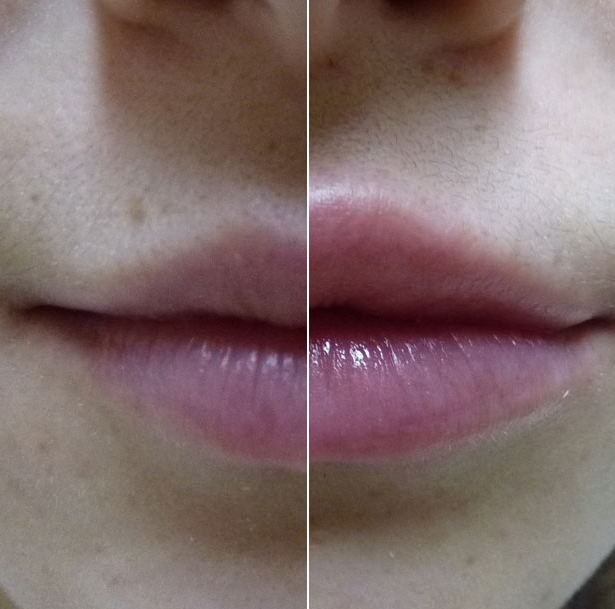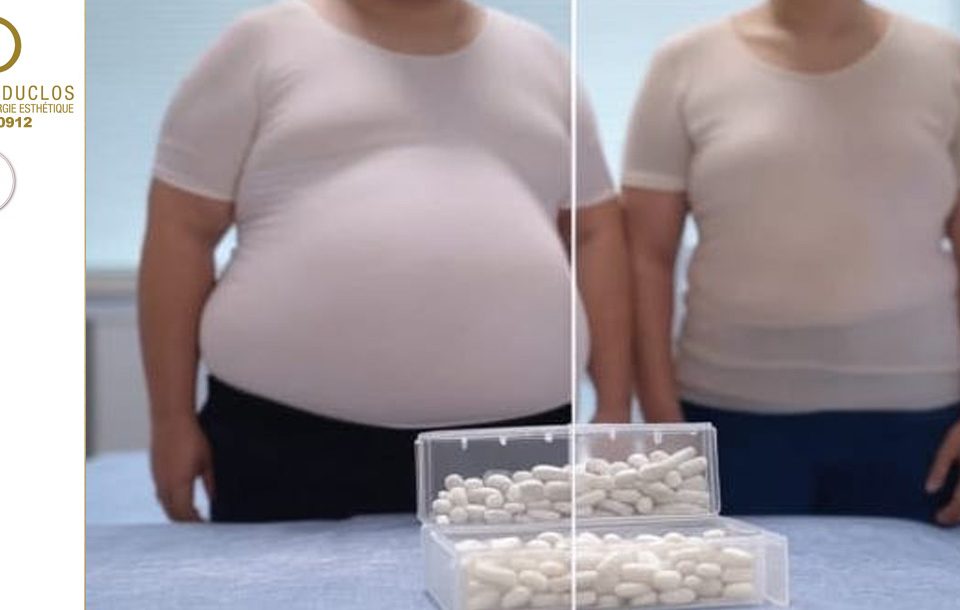
What is a mini abdominoplasty?
6 July 2016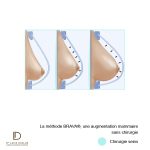
The BRAVA® method
11 October 2016Why choose lower eyelid blepharoplasty?
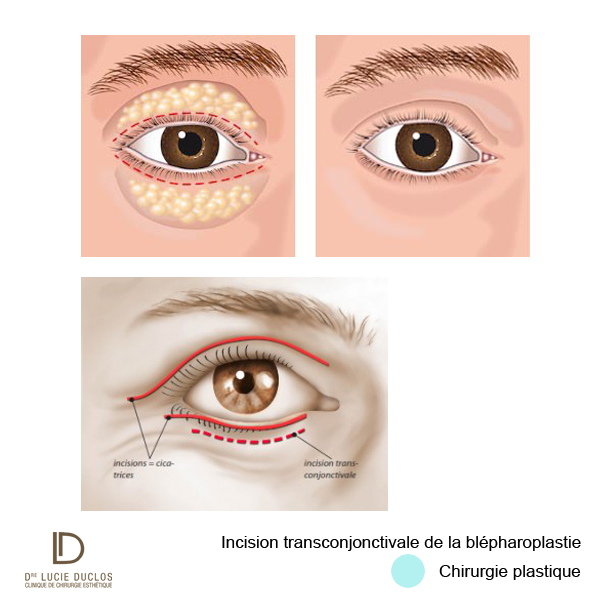
Our gaze is the reflection of our soul and the eyes are determining elements in facial expression. They express our emotions and our vitality. From the age of forty, the eyes undergo transformations. Indeed, with aging, the skin loses its elasticity and becomes loose, the underlying muscles weaken, and pigmentation changes appear. Eyelids droop, wilt, orbital fat swells, and bags or blisters appear under the eyes. These transformations give off an expression of sadness or weariness which does not always correspond to our inner state. Cosmetic eyelid surgery aims to correct these common problems in order to improve the appearance of the eyes and consequently the entire face.
Transconjunctival lower eyelid blepharoplasty specifically helps refresh and revitalize the face by reducing blisters and swelling of bags under the eyes. It consists of a transconjunctival incision inside the lower eyelids. The scars left by these incisions are not visible since they are hidden in the natural folds of the eyelids.
The intervention
Lower eyelid blepharoplasty is usually completed in about an hour. Anesthesia is performed locally with sedation, therefore without general anesthesia. It is done on an outpatient basis, that is to say without hospitalization. You will return home the same day to rest.
The sutures are made with very fine threads which are usually non-absorbable.
Blepharoplasty can be combined with another facial cosmetic surgery procedure: facial lifting, peeling, dermabrasion for an optimal rejuvenating effect.
Before the procedure
Before the operation, the surgeon studies the excess fat you have around the eyelid and notes any asymmetries. He will discuss with you your expectations and the results he can obtain. He will also explain the potential risks to you.
The purpose of the preoperative examination before a lower blepharoplasty is to detect problems that could modify the surgical plan. An examination of the lacrimal system is necessary to avoid dry eye problems that an intervention could worsen. Any anticoagulant medication must be stopped at least one week before the procedure. Any known hypertension problem should be reported to avoid postoperative bleeding. Coagulation or blood pressure disorders must be stabilized before the procedure. You should also tell your surgeon if you have glaucoma, retinal detachment, thyroid disorders, or diabetes.
Convalescence
Just after the operation, you will not really feel any pain but a little discomfort with a feeling of tension or sagging of the eyelids, itching, tearing or dryness. These sensations are normal and only last a few days.
The duration and extent of bruising and swelling varies from person to person. Bruising usually disappears in seven to ten days and swelling in about two weeks. The stitches are removed five to seven days after surgery and makeup can be applied 24 hours after the stitches are removed.
It is better to rest for a few days after surgery. Professional activities can be resumed approximately one week after the procedure but any physical work and/or sporting activity should be avoided for approximately three weeks. Physically light work is permitted (light housekeeping).
The operated eyelid regains a normal appearance after one to two months and its natural suppleness after six months. Healing for eyelid surgeries is therefore rapid since the results are visible within a few weeks. They are durable and the surgery rarely needs to be repeated over a lifetime. The scars are almost imperceptible in most patients.
After blepharoplasty, it is recommended to limit aging factors other than age such as the sun, tobacco and alcohol. It is important to protect the incisions from the sun by using sunglasses and/or high protection sunscreen.
Complications
Surgery always carries certain risks, but complications resulting from eyelid surgery are rare: infection, bleeding, dry eyes, pain, downward rolling of the lower eyelid (ectropio), sensory changes, skin necrosis, asymmetry, numbness, weakness of muscles or nerves, loss of sensation, loss of movement, inability to close your eyes completely. It is therefore important to follow the surgeon’s advice carefully in order to prevent risks.
To reduce the risk of complications, the importance of the preoperative assessment and the need for clear and precise information on the risks, possibilities and limits of surgery must be emphasized. It must be remembered that even a simple surgical procedure always involves an element of hazard.
Who can be a candidate for blepharoplasty?
Transconjunctival blepharoplasty can be offered to a patient with dark circles or bags and whose eyes generally have a tired appearance. The intervention will aim to refresh their appearance. It can be performed on non-smoking adult men or women with healthy facial tissue. It is generally aimed at fairly young subjects with pockets without excess skin.
Conclusion
Lower blepharoplasty is a common plastic surgery procedure, frequently performed on both men and women. Recovery is relatively quick. The procedure gives good results, stable for several years, with minimal risks of complications. It is performed under local anesthesia on an outpatient basis.


